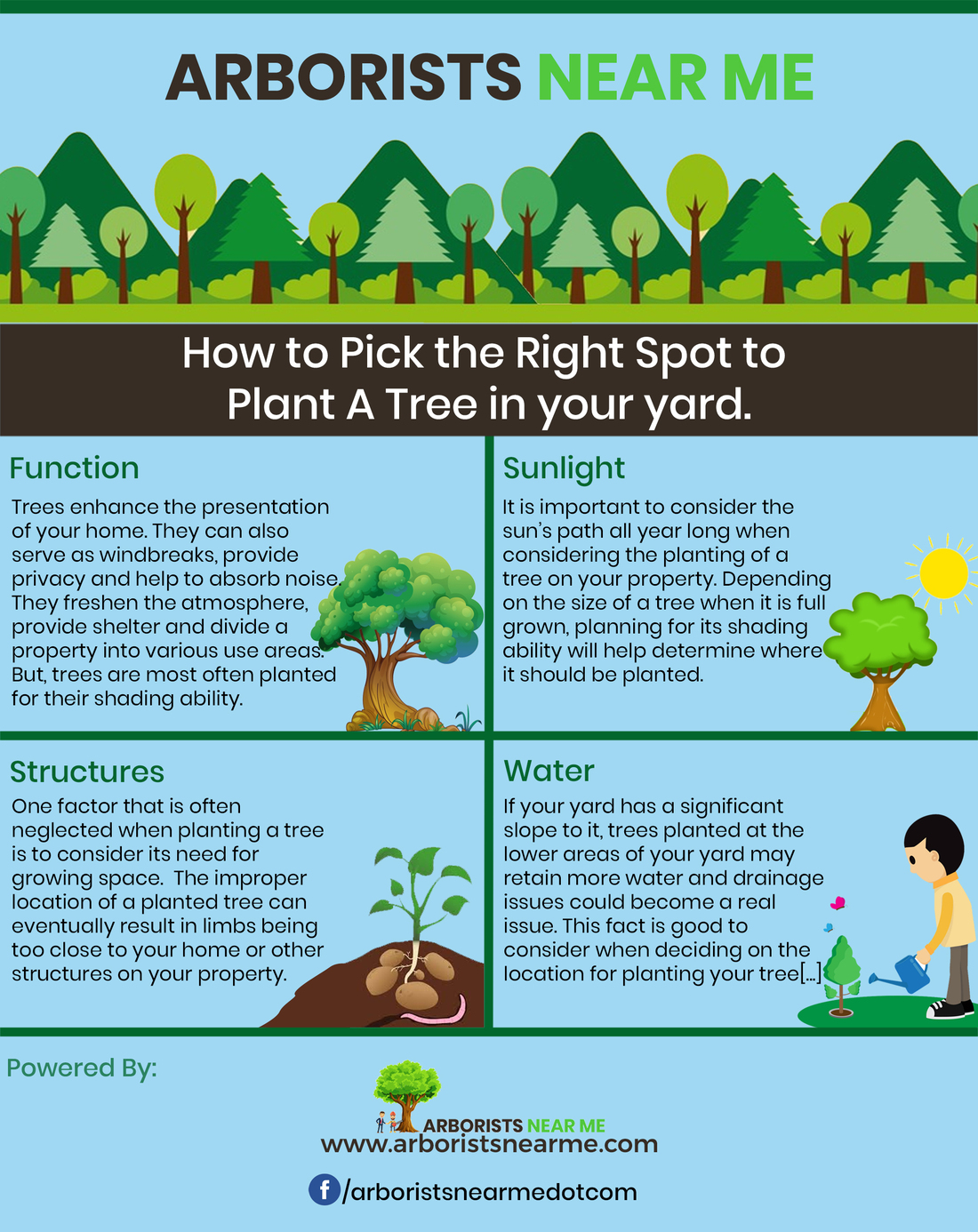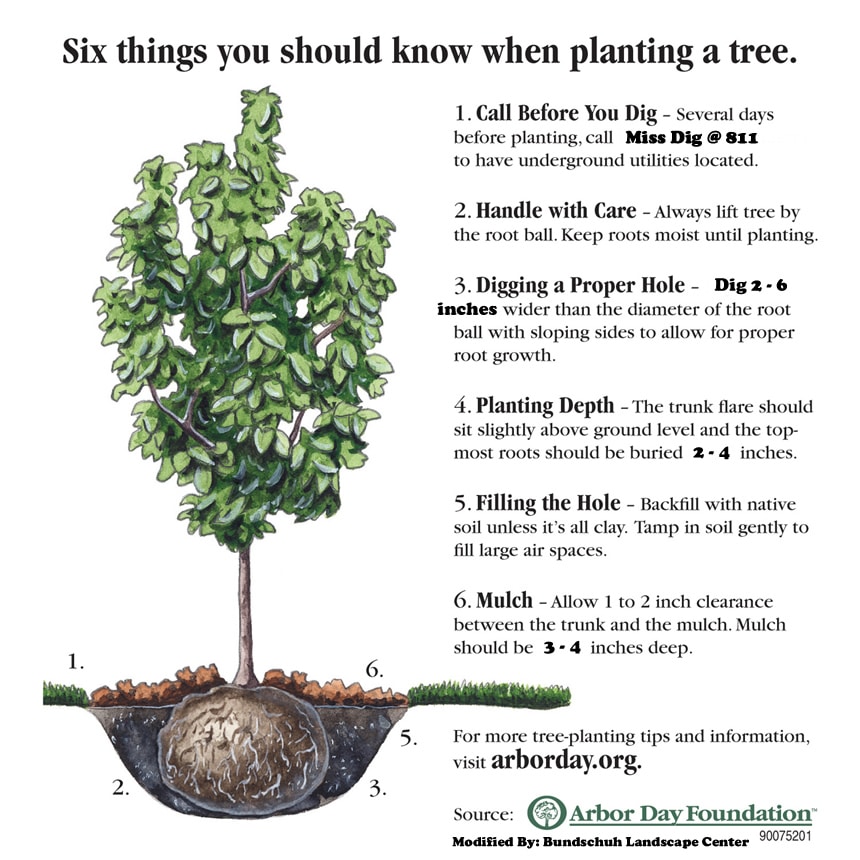Choosing the Perfect Tree for Your Landscape
When it comes to learning how to plant a potted tree, selecting the right tree species is crucial for a successful planting experience. The tree’s ability to thrive depends on its suitability to the local climate, soil type, and available space. To ensure a healthy and thriving tree, it’s essential to research and choose a tree species that is well-suited to your specific environment. Start by considering the climate and soil conditions in your area. Look for tree species that are native to your region or have similar climate requirements. Additionally, think about the amount of space you have available for the tree to grow. Consider the mature size of the tree, its growth rate, and its potential impact on surrounding structures or power lines. By taking the time to research and select the perfect tree for your landscape, you’ll be well on your way to a successful planting experience. Remember, learning how to plant a potted tree requires careful planning and attention to detail, but with the right tree species, you’ll be rewarded with a beautiful and thriving tree.
Preparing the Soil for a Healthy Start
Before learning how to plant a potted tree, it’s essential to prepare the soil to ensure a healthy start for your new tree. Soil preparation is a critical step in the planting process, as it lays the foundation for a strong root system. To prepare the soil, start by testing its pH level and nutrient content. This will help you determine if any amendments are needed to create a conducive growing environment. Based on the test results, add organic matter such as compost or well-rotted manure to improve soil structure and fertility. Additionally, ensure proper drainage by adding perlite or vermiculite to the soil mixture. This will prevent waterlogged soil, which can be detrimental to the tree’s health. By taking the time to prepare the soil, you’ll be providing your tree with the best possible start in life. Remember, a well-prepared soil is crucial for a successful tree planting experience, and will help your tree thrive for years to come.
How to Handle the Tree with Care
When learning how to plant a potted tree, it’s essential to handle the tree with care during transportation and planting to avoid damaging the roots and trunk. This will ensure a successful planting experience and promote healthy growth. To handle the tree with care, start by carefully lifting the tree by the root ball, rather than the trunk, to prevent damage to the roots. When transporting the tree, secure it in an upright position to prevent the root ball from shifting and causing damage. During planting, gently remove the tree from the pot, taking care not to disturb the roots. If the roots are wrapped in burlap, remove the burlap and any string or wire that may be constricting the roots. By handling the tree with care, you’ll be able to plant it successfully and set it up for a lifetime of healthy growth. Remember, proper handling is a critical step in the process of how to plant a potted tree, and will help ensure a thriving tree for years to come.
Planting the Tree: A Step-by-Step Process
Now that you’ve prepared the soil and handled the tree with care, it’s time to learn how to plant a potted tree. This step-by-step guide will walk you through the process of planting a potted tree, ensuring a successful and thriving tree. Start by digging a hole that is twice as wide and just as deep as the root ball of the tree. If your soil is poorly draining, consider raising the planting bed by 2-3 inches to improve drainage. Next, gently remove the tree from the pot, taking care not to disturb the roots. If the roots are wrapped in burlap, remove the burlap and any string or wire that may be constricting the roots. Place the tree in the hole, making sure the root flare (where the trunk flares out at the base of the tree) is level with the soil surface. Backfill the hole with soil, tamping it down gently as you go to remove any air pockets. Water the tree thoroughly to settle the soil and provide enough moisture to support establishment. By following these steps, you’ll be able to successfully plant a potted tree and set it up for a lifetime of healthy growth.
Watering and Mulching for Optimal Growth
After learning how to plant a potted tree, it’s essential to provide the necessary care to promote healthy growth and prevent common problems. Proper watering and mulching techniques are crucial for the tree’s success. Water the tree regularly, especially during the first year after planting, to ensure the soil is consistently moist but not waterlogged. Aim to provide about 1 inch of water per week, either through rainfall or irrigation. Mulching around the base of the tree can help retain moisture, suppress weeds, and regulate soil temperature. Use a 2-3 inch layer of organic mulch, such as wood chips or bark, and keep it a few inches away from the trunk to prevent rot. Avoid over-mulching, as this can lead to root rot and other problems. By following these watering and mulching tips, you’ll be able to create an optimal environment for your newly planted tree to thrive. Remember, proper care after planting is just as important as learning how to plant a potted tree in the first place.
Common Mistakes to Avoid When Planting a Potted Tree
When learning how to plant a potted tree, it’s essential to be aware of common mistakes that can lead to tree failure. One of the most critical mistakes is planting the tree too deep, which can cause the roots to rot and the tree to decline. To avoid this, make sure the root flare (where the trunk flares out at the base of the tree) is level with the soil surface. Another common mistake is inadequate soil preparation, which can lead to poor drainage and root growth. Ensure the soil is well-draining and amended with organic matter to provide a healthy environment for the roots. Insufficient watering is also a common mistake, especially during the first year after planting. Water the tree regularly, but avoid overwatering, which can be just as detrimental as underwatering. By being aware of these common mistakes and taking steps to avoid them, you can ensure a successful planting and a thriving tree. Remember, learning how to plant a potted tree is only the first step – proper care and maintenance are crucial for long-term success.
Post-Planting Care: Ongoing Maintenance for a Thriving Tree
After learning how to plant a potted tree, it’s essential to provide ongoing care to ensure the tree continues to thrive. Pruning is a critical aspect of post-planting care, as it helps maintain the tree’s shape, promotes healthy growth, and removes any dead or diseased branches. Prune the tree annually, removing any branches that are crossing or rubbing against each other. Fertilization is also important, as it provides the tree with essential nutrients for growth and development. Use a balanced fertilizer and follow the manufacturer’s instructions for application rates. Pest management is another crucial aspect of post-planting care, as pests can cause significant damage to the tree. Monitor the tree regularly for signs of pests, such as aphids, whiteflies, or spider mites, and take action promptly if you notice any issues. By providing regular pruning, fertilization, and pest management, you can ensure your newly planted tree grows into a healthy and thriving specimen. Remember, learning how to plant a potted tree is just the beginning – ongoing care and maintenance are essential for long-term success.
A Successful Planting: Tips for Long-Term Tree Health
To ensure the long-term health and success of the planted tree, it’s essential to monitor for signs of stress and disease. Regularly inspect the tree for signs of pests, diseases, or nutrient deficiencies, and take action promptly if you notice any issues. Additionally, maintain a regular maintenance schedule, including pruning, fertilization, and mulching, to promote healthy growth and prevent common problems. By following these tips and best practices, you can enjoy the many benefits of a thriving tree, including improved air quality, increased property value, and enhanced aesthetic appeal. Remember, learning how to plant a potted tree is just the beginning – ongoing care and maintenance are crucial for long-term success. By providing the right conditions and care, you can enjoy a healthy and thriving tree for years to come.







